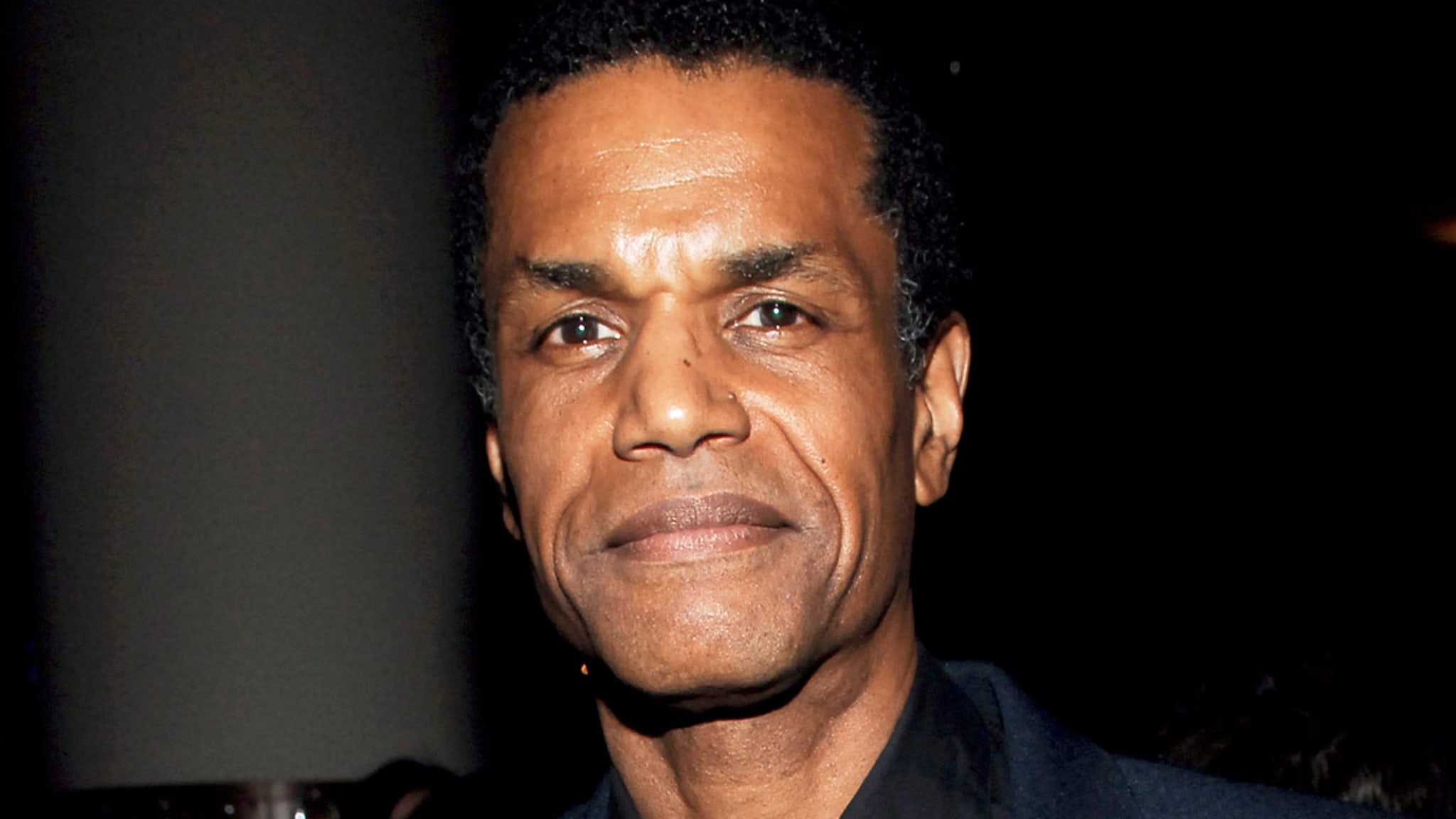Culture
Why Can’t New York Make a Proper Monument to Gay History?

During this NYC Pride Week, the name of the place and event that gave it birth, Stonewall, has been more than usually in the air, and efforts to monumentalize it continue. News has come that a local subway station will be rechristened in its honor (new name: Christopher Street-Stonewall National Monument Station), and a brand-new cultural space called Stonewall National Monument Visitor Center opens today in the neighborhood.
You know the Stonewall story. On the night of June 28, 1969, 55 years ago this Friday, a bunch of L.G.B.T. people in a Greenwich Village dance bar called the Stonewall Inn went ballistic. They’d finally had it with police showing up with clubs and cuffs because of how they dressed, and who they kissed, and who they were. So they hit back, shouting, breaking things, throwing things, giving the cops a taste of what it felt like to be hounded and treated like dirt.
What you may not know is how dangerous it was to do that. The police had pretty much unaccountable power. They could lock you up, beat you up, and disappear you, especially if you were queer, because who would care? Your very existence was against the law. Good riddance.
Photos of the Stonewall shove-back — variously referred to as a riot, a rebellion, and an uprising — make it look kind of glam, like a rave, but it wasn’t. It was a big, deeply furious “No” to a history of repression and persecution. And the “No” didn’t end that night.
Skirmishes continued in Greenwich Village’s streets for days. (There had already been flare-ups of resistance in other cities.) Then, fairly quickly, came organized protests, some tight and targeted, others sprawling and processional, which continued through the following years.
When AIDS hit the gay community in the 1980s, and the government refused to lift a finger to help, the gut-driven fury returned. People started throwing things again, including the ashes of their AIDS dead onto the White House lawn.
The history we’re talking about is a prickly one, not easy, not fun, not nice. It has a celebratory dimension, because it’s the story of vulnerable people who have achieved, over half a century and against heavy odds, some measure of political and social justice. But it’s also about people who remain under threat even when they think they are in the clear (the “acceptance” delusion), and others who know better and, taut with vigilance, draw strength from their outsider status.
What’s puzzling is why New York City, so central to the L.G.B.T.Q. saga, has yet to produce a public monument worthy, in expressive weight, of this history.
We have an official New York City AIDS Memorial, created in 2016, across the street from where Saint Vincent’s Hospital once stood (now replaced by a luxury condo), which housed the city’s first and largest AIDS ward. But the monument — a shed-like white steel canopy on traffic-island at West 12th Street and Seventh Avenue — is visually tepid and politically neutral.
A few blocks south is the Stonewall National Monument, a slice of Village neighborhood designated by Barack Obama in 2016 as a U.S. National Park site. At its center is another traffic island, this one the leafy little Christopher Park ringed by rainbow flags and holding George Segal’s 1980 sculpture of two somnolent-looking same-sex couples. And facing the park is the original Stonewall Inn building, now divided into two addresses, one a functioning gay bar-restaurant, the other the Stonewall National Monument Visitor Center, which makes its public debut today, Pride Day.
As the first L.G.B.T.Q.-focused visitor center within the National Park Service, and the informational gateway to a complex history-in-progress, hopes for the center have been high. I wish I could say they’ve been met.
Conceived by Pride Live, an L.G.B.T.Q. advocacy organization, the center naturally makes much of its authenticity of place. The back section of its single large, deep room was once the bar’s dance floor. The current reception desk/gift shop — park rangers will be on duty here — stands where the bar itself once stood. There’s a jukebox, with a 1960s playlist, identical to the bar’s original, which was trashed during the 1969 melee.
A printed wall mural of images and texts offers a snapshot history of the building, a 19th-century horse stable that was eventually converted into a restaurant, then a Mafia-controlled gay bar in the 1960s. And there’s a familiar textbook account — no new information here — of the June 1969 event.
A number of the people who were there that night, and are still among us, could have given fresh firsthand views of what went down. But only one, Mark Segal, a founding member of the Gay Liberation Front, which the uprising spawned, is included here in a series of short videos called “Stonewall Generations.” In one he reminisces about being a youthful bar patron; in others he interviews some younger L.G.B.T. Q. artists and influencers.
Including younger people in the mix is, of course, a smart idea, and surely this is an audience the center wants to attract. To that end, Pride Live has initiated a partnership with the Parsons School of Design through which students, in the context of taking a class on L.G.B.T.Q. history, will annually produce an art project for the center.
The first of these, a collectively woven textile piece set against a collage of vintage L.G.B.T.Q. ephemera, adds a splash of hands-on color and texture to an otherwise bland gallery design, one that devotes way too much space — two full walls and a projection screen — to advertise the names of the center’s corporate donors (banks, sports teams) and celebrity patrons, creating an unmistakable impression of rainbow-washing and assimilation politics in action.
What’s most disappointing, though, is the center’s informational softness, the suggestion it gives that the Stonewall rebellion and what it stood for is old history, and that now all’s OK, which is also basically the message of the nearby flag-decked, ready-to-party Christopher Park, and the AIDS memorial up the street.
But we can’t afford such softness in the present malignantly transphobic “Don’t Say Gay” moment, when rightward politics is dragging us back, bill by legislative bill, to the pre-Stonewall 1950s. Yes, young people —- all people — need to know that pushback and push-through paid off, as Stonewall demonstrated. They also need to know how fragile gay rights are, and may always be. To protect, preserve and promote them, pride alone is insufficient, can even be counterproductive.
So how do we go about monumentalizing such history in a useful way?
I can think of only a few recent models to point to. Maybe one is the National Memorial for Peace and Justice, also called the Memorial to Lynching Victims, produced by the Equal Justice Initiative in Montgomery, Ala., in 2018. Information-wise it just keeps things hugely simple. The straightforward statement of hard facts — names, numbers — and a suggestively suspended abstract design make the murderous reality of race-based hatred equally part of the past and the present.
Closer to home there was, until recently, a stirring lament of a public sculpture, called “Craig’s Closet” by the American artist Jim Hodges, installed in the park adjacent to the New York City AIDS Memorial. Named for Hodges’s partner, the musician Craig Ducote, who died in 2016, the piece was a black-painted cast bronze image of an ordinary bedroom closet, this one wide open and filled with items of everyday life — books, hoodies, travel bags, shoes. In part thanks to its placement near the memorial, the piece kept personal and political content in subtle sync, in an image that spoke of lives we had and have, lives we lost and are still losing, and lives we need to fight not to forget. (The work was on view from June 2023 through May 2024.)
The new Stonewall National Monument Visitor Center has a personal memorial too, and it’s the one element in the inaugural display — a display that will doubtless change over time; it was designed to be dynamic — that feels charged with historical life. Conceived by Diana Rodriguez, co-founder of both the center and Pride Live, it consists of a few objects — a folded American flag, some military medals, and a photo of a young American of Puerto Rican descent in an Army uniform — Rodriguez’s uncle — and a text:
Martin Antonio ‘Tony’ Torres served in Vietnam. He came back from serving his country extremely ill and needed dialysis several times a week. While very frail, he still chose to serve and went to work as an administrator at the Veterans’ Affairs office on East 23rd Street in NYC. He was a deacon in his church, a pillar of the community, and a friend to all. He passed away on May 9, 1989. When his army unit and co-workers learned he died of H.I.V./AIDS, none of them attended his funeral service. Not one.
In 1989, Stonewall was 20 years old. Much had changed for L.G.B.T.Q. people, yet much had not. Now 55 years out the same is true. Whatever direction our story is heading — backward? forward? both? We don’t know — it isn’t time to party yet.
Stonewall National Monument Visitor Center
51 Christopher Street, Greenwich Village, between Waverly Place and Seventh Avenue South, Manhattan; 212-355-6295.






















